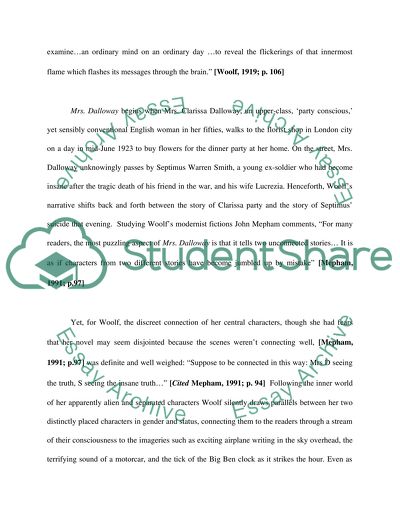Cite this document
(“Virginnia Woolf's 'Mrs Dalloway' Book Report/Review”, n.d.)
Retrieved from https://studentshare.org/literature/1521430-virginnia-woolfs-mrs-dalloway
Retrieved from https://studentshare.org/literature/1521430-virginnia-woolfs-mrs-dalloway
(Virginnia Woolf'S 'Mrs Dalloway' Book Report/Review)
https://studentshare.org/literature/1521430-virginnia-woolfs-mrs-dalloway.
https://studentshare.org/literature/1521430-virginnia-woolfs-mrs-dalloway.
“Virginnia Woolf'S 'Mrs Dalloway' Book Report/Review”, n.d. https://studentshare.org/literature/1521430-virginnia-woolfs-mrs-dalloway.


